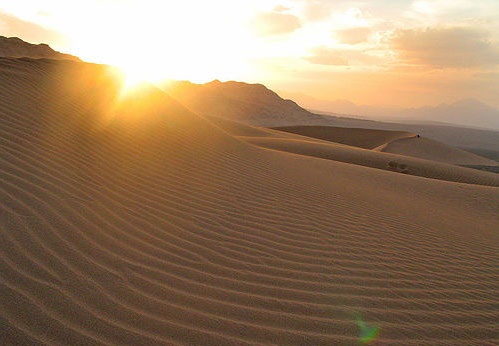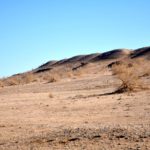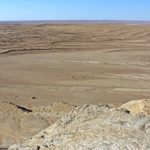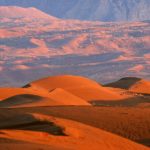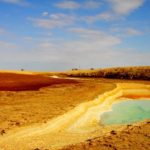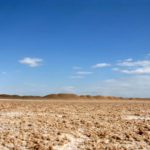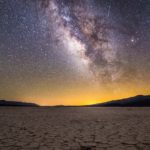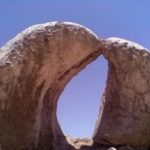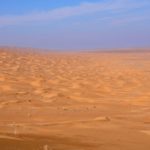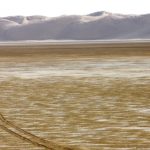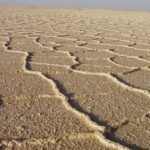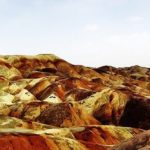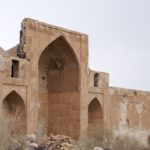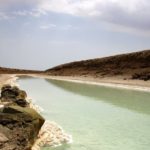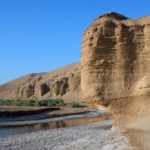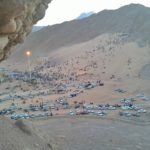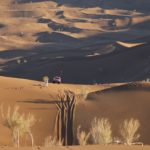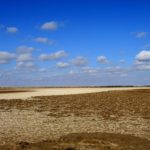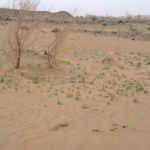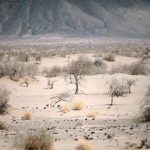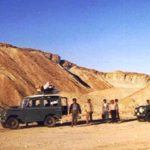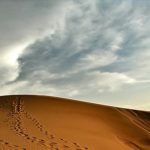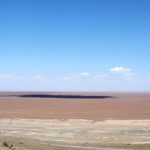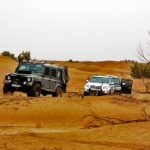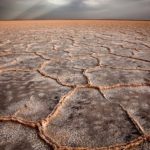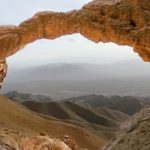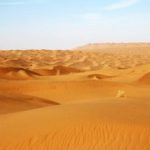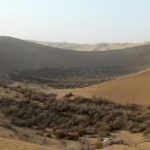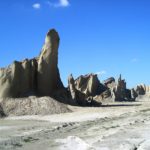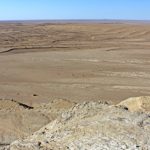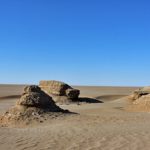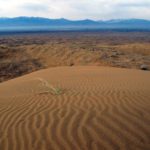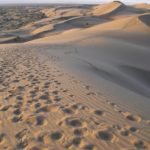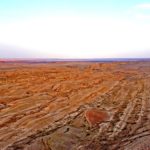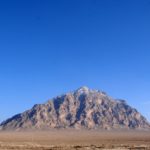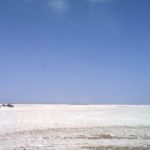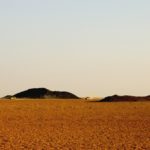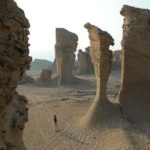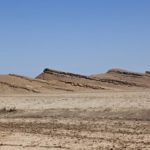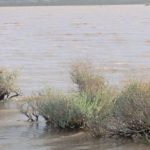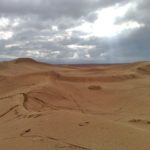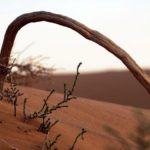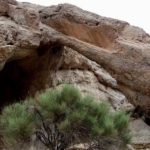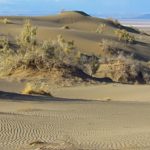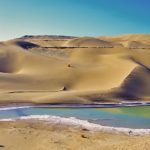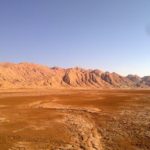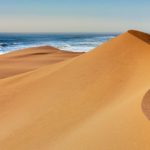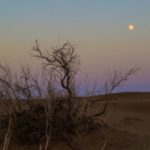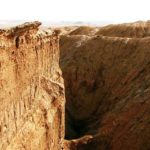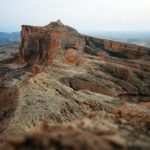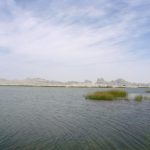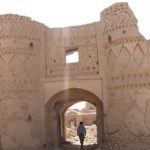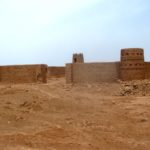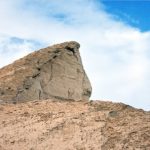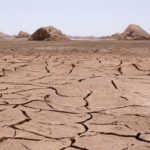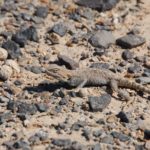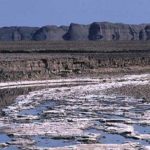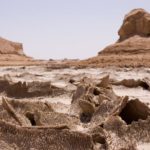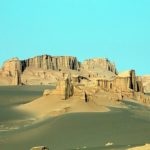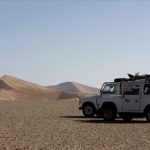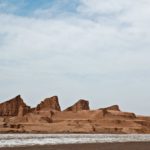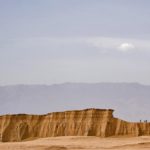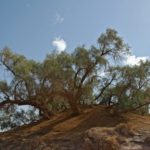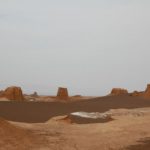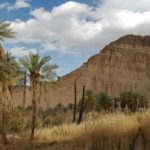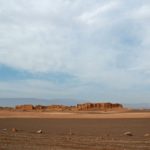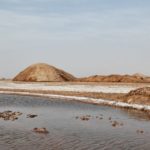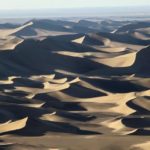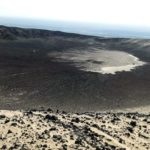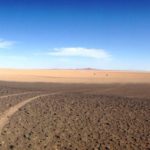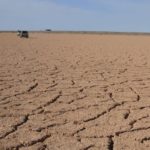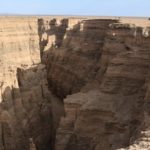The geographical terms so far attributed to this vast area include: Lot Pits (Lot Pits in Applied Geomorphology – Desert – Desert Erosion – Dr. Hassan Ahmadi is equivalent to Playa a Spanish word meaning “central basin” or “basin”. Used as indoor pits), Lut Plain, Lut Desert, Lut Desert. But the word “lowland” encompasses all other words.
Location and general indicators of the Lut Plain
-Lout plain is a boundary between two provinces of South Khorasan, Sistan and Baluchestan and Kerman plain -Lot between two Nehbandan faults in east and Nayband in west.
– The northern limit is 32 degrees and the southern limit is 28 degrees.
-The extent of the Lut Plain Basin, about 175,000 square kilometers (one-tenth of the country area)
Its length is about 900 km from north to south and about 300 km from west to east
-The lowest point of Lut Plain is 190 meters above sea level (Central Lut)
– The Lut Plain has been the scene of major and major earthquakes
– Footprints of human habitation observed from the fourth millennium BC at the foot of the Great Louth Desert (Reference 2)
– The largest populated area of the Shahdad Lot Plain that has been described in the past.
The Sirch Valley and its residential district of the same name is one of the most beautiful green landscapes on the edge of this mysterious plain.
Read More ...
Interesting phenomena
Amazing forms of the Lowland in its geographical units
Lot Plain is a natural fair of the most amazing wildlife in the world such as:
– The world’s largest cloistered city. The Clutha area is reminiscent of large urban ruins
Guanan’s descriptions are such as: Imaginary City or Lot City
-The most profitable sand pyramids in the world are in Lut. The highest known pyramids in the world max
They are 300 meters high (Libya) but in Lut the height of some pyramids sometimes reaches 480 meters.
There are 40 Quaternary volcanic cones on the surface of the Lut Plain.
-Wide sand-and-sand zones with a light brown to gray and black color spectrum, such as the Goddess of Gunpowder, which is referred to as the Gunpowder Black.
– Plains of basaltic pits lava pits such as “Briar Wheat”
– Rippling sand zones
– The world’s largest nebkas are plant-covered sand dunes (Nebkas), one of the wonders of the coexistence of soil, water and plants. These nebkas are also called desert pots.
– The Most Beneficial Rebdou (Rebdou are similar to larger-scale Nebkas in the more complex western lot).
-Also polygon zones resulting from a thick salt layer and severe evaporation of the Earth’s surface
– Desert Pasteur, the surface of this land looks like it has been wet after a lot of rain and some camels have walked on it.
-Hamada Hammada Plains of sand, sand and sandy soil that lacks vegetation
Geographical units
Lot Plain is divided into three geographical units:
1- North Lut:
It is composed of sand, sand, and the southern boundary is the irregular cuts overlooking the Birjand Salt River. There is sandy roughness in the form of sandy aquifers.
2 – Central Loot
The most amazing part is the Plain of Lut. In the eastern part of central Lut, there are huge, interconnected sandy hills and lumps, covering a considerable area of lute with an average width of 52 km and an average of 162 km in lute.
Part of the central Lut Rough has vegetation and the western part lacks vegetation.
Geologically the central Lut is divided into three main regions (from west to east).
A – Pediment head
Its surface is covered with sand, silt and salt within 5 to 10 km (south of Shahdad).
B. Clots
Cloaks (cloaks is a local term) have been recognized as one of the most unparalleled phenomena in the world by the huge gullies that result from water and wind erosion.
“Salty River” has the effect of moisturizing the walls of these cloaks and facilitating their erosion
The cloisters are located 43 kilometers from Shahdad (24 kilometers ten secs) and have an average width of 80 kilometers and an average length of 145 kilometers.
The most important wind that erodes the walls of the cloaks is the 120-day Sistan wind.
In the distance of the cloaks the ground is covered with sand and in areas where there is no sand the ground is clayey and clayey.
C. Sand dunes
To the east of central Lut are an area of 50 km wide and 100 km long. The sand dunes can reach up to 500 meters (Reference 4). Sand fractures are seen in the form of Barkhan – sif pyramids and long hills.
Southern Lot (Lot Lot): The richest part of Lot Lot in terms of vegetation
Nebeka Amazing phenomenon of Lut Plains
About 20 kilometers from Shahdad, gazelle trees and shrubs are housed in loot desert pots called nekba or vegetable nests.
The fields between the nebkas are covered with sand.
Nebkas generally appear at a flat surface where the sand is above average and below ground water level or if the moisture is sufficient for vegetation life. Nebka’s constituent elements include sand – silt, clay and celite.
The shape of the nebula is a function of the size, density and growth rate of the host plant. Species such as a bunch of gramines, shrubs, gaz, etc. In the Lut desert, the Tamarix species are the host species of nebkas. The height of the nebkas ranges from a few meters to several meters in length and from 1 meter to 10 meters.
It should be noted that single plants must be more than 10 to 15 cm in height to be able to control sands. If the sand grains have no adhesion, in other words, they do not have clay and silt elements, their volume changes with the change in wind speed. As the amount of sediment increases, the plant continues to grow in an upward direction to avoid being buried. The growth is as long as the root of the plant is in relation to the groundwater level, but where the groundwater drops, this relationship is interrupted and destroyed by Nebaca. That could eventually lead to Nebca’s death.
Perennial and perennial nebkas play a key role in changing groundwater levels, weeds, evapotranspiration, and control of wind deposits in the region.
Rebdou’s are larger in size than the Nebkas. They are 2 to 7 meters long and 1 to 5 meters wide. Apart from the dimensions, the shape of the ribs is also more complex than that of the Nebkas. And sometimes it shows several cones that are aligned. The highest peaks are found in West Lut, sometimes up to 12 meters (4-story tall building)

